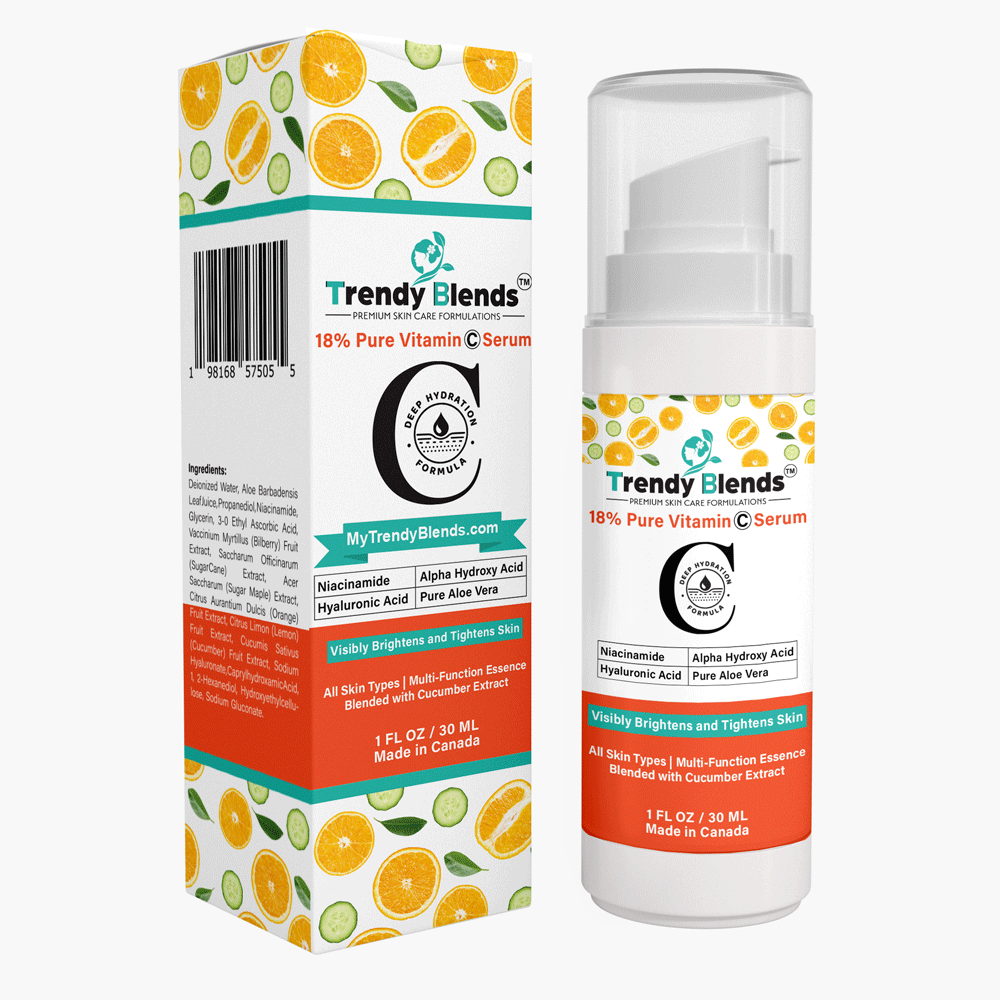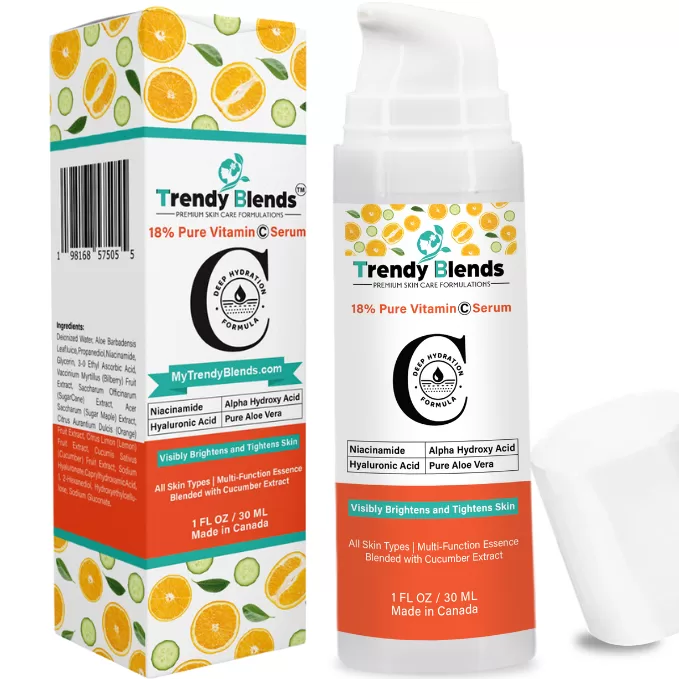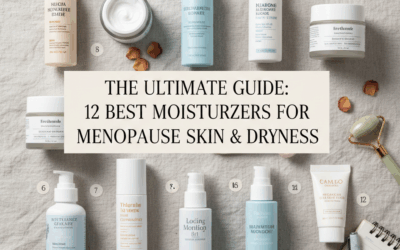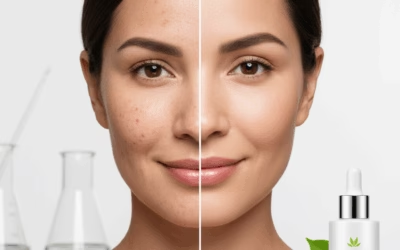The Exfoliation Enigma: How Often Should We Truly Reveal Radiant Skin?
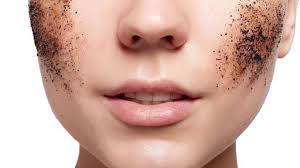

The Exfoliation Enigma: How Often Should We Truly Reveal Radiant Skin?
The quest for luminous, healthy skin is a journey many of us embark on. Amidst the myriad of skincare rituals and product promises, removing dead skin cells stands out as a cornerstone. It’s the process of sloughing away dead skin cells, unveiling the fresher, brighter layers beneath. But like any powerful skincare tool, moderation is key. The question, then, isn’t if we should remove dead skin cells, but how often. Navigating this can feel like decoding a complex equation, with variables like skin type, lifestyle, and product choices all playing a role. Today, we delve into the nuances of skin treatment frequency, offering guidance to help us achieve that coveted glow without compromising the health of our skin.

Table of Contents
Understanding the importance of skin treatment is the first step. Our skin naturally sheds dead cells, a process known as desquamation. However, this process can slow down due to age, environmental factors, and even genetics. This build-up of dead cells can lead to a dull complexion, clogged pores, and even hinder the absorption of other beneficial skincare ingredients. This is where targeted treatment comes in, helping to accelerate this natural turnover and reveal a smoother, more radiant surface.
However, the siren song of immediate smoothness can sometimes lead us astray. Overdoing it can disrupt the skin’s delicate barrier, leading to a host of problems, including irritation, redness, and increased sensitivity. Finding the sweet spot is crucial, and that’s where understanding the different types of skin treatments and their respective intensities becomes paramount.
The Two Pillars of Exfoliation: Physical and Chemical
Skin treatments broadly fall into two categories: physical (or mechanical) and chemical. Both are effective but work in distinct ways, and understanding these differences is vital for determining the optimal frequency for our skin.
- Physical Exfoliation: This involves physically scrubbing away dead skin cells using tools or products with abrasive textures. Think scrubs with granules, dry brushing, or even using a washcloth. The intensity of physical exfoliation depends on the pressure applied and the coarseness of the exfoliating agent.
- Chemical Exfoliation: This utilizes acids like AHAs (Alpha Hydroxy Acids) and BHAs (Beta Hydroxy Acids) to dissolve the bonds holding dead skin cells together. AHAs, like glycolic and lactic acid, work on the skin’s surface, while BHAs, like salicylic acid, can penetrate deeper into pores, making them particularly beneficial for acne-prone skin.
Let’s take a closer look at how different exfoliation methods compare:
The optimal frequency isn’t a universal constant. It’s a personalized equation that takes into account several key factors.
The optimal frequency isn’t a universal constant. It’s a personalized equation that takes into account several key factors.
The Delicate Dance of Frequency: Factors to Consider
Determining how often we should exfoliate requires a thoughtful consideration of individual skin characteristics and lifestyle factors. There’s no magic number, and what works wonders for one person might be detrimental for another.
- Skin Type: This is perhaps the most crucial factor.
- Oily Skin: Often tolerates more frequent exfoliation, potentially 2-3 times a week with physical exfoliants or even daily with gentle chemical exfoliants like salicylic acid cleansers.
- Dry Skin: Requires a more cautious approach, perhaps exfoliating only 1-2 times a week, focusing on gentle chemical exfoliants like lactic acid to avoid further stripping the skin.
- Combination Skin: Might benefit from a combination approach, targeting oilier areas more frequently while being gentle on drier zones.
- Sensitive Skin: Requires extreme caution. Start with once-weekly gentle chemical exfoliation (like mandelic acid) and gradually increase if tolerated. Physical scrubs are often too abrasive.
- Skin Concerns: Are we dealing with acne, hyperpigmentation, or simply dullness?
- Acne-Prone Skin: BHAs like salicylic acid are often recommended and can be used a few times a week to help unclog pores.
- Hyperpigmentation: AHAs like glycolic acid can be effective at promoting cell turnover and fading dark spots, used 1-2 times a week.
- Dullness: Gentle exfoliation, both physical and chemical, can be incorporated 1-2 times a week to reveal a brighter complexion.
- Type of Exfoliant: The potency of the exfoliant dictates its usage frequency. A gentle lactic acid serum might be suitable for more frequent use than a strong glycolic acid peel. Similarly, a fine-grained sugar scrub is less aggressive than a rough walnut scrub.
- Lifestyle and Environmental Factors: Exposure to pollutants, sun damage, and even stress can impact skin cell turnover. Those living in highly polluted areas might benefit from slightly more frequent gentle exfoliation.
- Product Layering: Consider the other active ingredients in our skincare routine. Using a potent retinoid alongside frequent strong exfoliation can overwhelm the skin and lead to irritation.
The Perils of Over-Exfoliation: Recognizing the Warning Signs
While exfoliation is beneficial, excessive zeal can backfire. Over-exfoliating damages the skin’s protective barrier, leading to a cascade of negative consequences. It’s crucial to be attuned to the signals our skin sends.
Signs of over-exfoliation include:
- Redness and Irritation: Persistent redness, burning, or stinging sensations.
- Increased Sensitivity: Skin becomes more reactive to products we normally tolerate well.
- Dryness and Flakiness: Paradoxically, over-exfoliation can lead to dryness and flaking as the skin’s barrier is compromised.
- Tightness: A feeling of tautness and discomfort, even after moisturizing.
- Breakouts: Disrupting the skin barrier can actually trigger breakouts as the skin attempts to repair itself.
- Shiny Skin: Not the healthy glow we desire, but an unnatural shine due to inflammation.
If we experience any of these signs, it’s crucial to scale back exfoliation immediately and focus on soothing and repairing the skin barrier with hydrating and calming ingredients.
Integrating Trendy Blends Vitamin C Serum into Your Exfoliation Routine
Now, let’s talk about how exfoliation harmonizes with other skincare powerhouses, specifically Trendy Blends Vitamin C Serum. Vitamin C is a potent antioxidant that brightens the skin, protects against free radical damage, and promotes collagen production. It pairs beautifully with exfoliation, but timing is key.
Generally, it’s best to apply Trendy Blends Vitamin C Serum after exfoliating. Exfoliation removes the barrier of dead skin cells, allowing the Vitamin C serum to penetrate more effectively and deliver its benefits to the fresh skin cells beneath.
Here’s a general guideline:
- Cleanse: Start with a gentle cleanser.
- Exfoliate: Use your chosen exfoliant (physical or chemical).
- Tone (Optional): Apply a hydrating toner to balance the skin’s pH.
- Apply Trendy Blends Vitamin C Serum: Allow it to absorb fully.
- Moisturize: Lock in hydration with a moisturizer.
- Sunscreen (Daytime): Essential for protecting newly exfoliated skin.
“The most beautiful makeup of a woman is passion. But cosmetics are easier to buy.” – Yves Saint Laurent
While makeup can enhance our features, the true foundation of beauty lies in healthy, well-cared-for skin. Exfoliation, when done right, plays a vital role in achieving this.
Building Your Personalized Exfoliation Routine
Creating an effective exfoliation routine is a journey of self-discovery. Here are some steps to guide us:
- Start Slow: If we’re new to exfoliation, begin with a gentle method once a week and gradually increase frequency as tolerated.
- Listen to Your Skin: Pay close attention to how your skin reacts. Redness, irritation, or increased sensitivity are signs to pull back.
- Introduce New Exfoliants Gradually: Don’t introduce multiple new exfoliating products at once. This makes it harder to identify the culprit if irritation occurs.
- Patch Test: Always patch test new exfoliating products on a small area of skin before applying them to the entire face.
- Don’t Overdo It: More is not always better. Focus on consistency and finding the right balance for your skin.
- Be Patient: Results take time. Don’t expect overnight miracles.
Frequently Asked Questions About Skin Treatment
- Can I exfoliate every day? Generally, no. Most skin types benefit from exfoliating 1-3 times a week. However, some gentle chemical exfoliants, like salicylic acid cleansers, can be used daily for specific concerns like acne.
- Which type of exfoliation is best? Neither physical nor chemical is inherently “better.” The best type depends on your skin type and concerns.
- Can I use a facial scrub and a chemical exfoliant on the same day? It’s generally not recommended, as this can be too much for the skin and lead to irritation. Choose one method per day.
- Does exfoliation make my skin more sensitive to the sun? Yes, especially chemical exfoliants. It’s crucial to wear sunscreen daily, especially after exfoliating.
- Can I exfoliate if I have active acne breakouts? Gentle chemical exfoliants like salicylic acid can be beneficial for acne. Avoid harsh physical scrubs, which can irritate and spread bacteria.
Conclusion: Unveiling Your Best Skin, Responsibly
The key to effective skin treatment lies in understanding our individual skin needs and choosing the right methods and frequency. It’s not about chasing immediate results but about nurturing healthy, radiant skin over time. By paying attention to the signals our skin sends, incorporating beneficial ingredients like Trendy Blends Vitamin C Serum, and practicing patience, we can confidently navigate the world of skin treatments and unlock the luminous complexion we deserve. Remember, consistency and gentleness are the cornerstones of a successful treatment journey.
